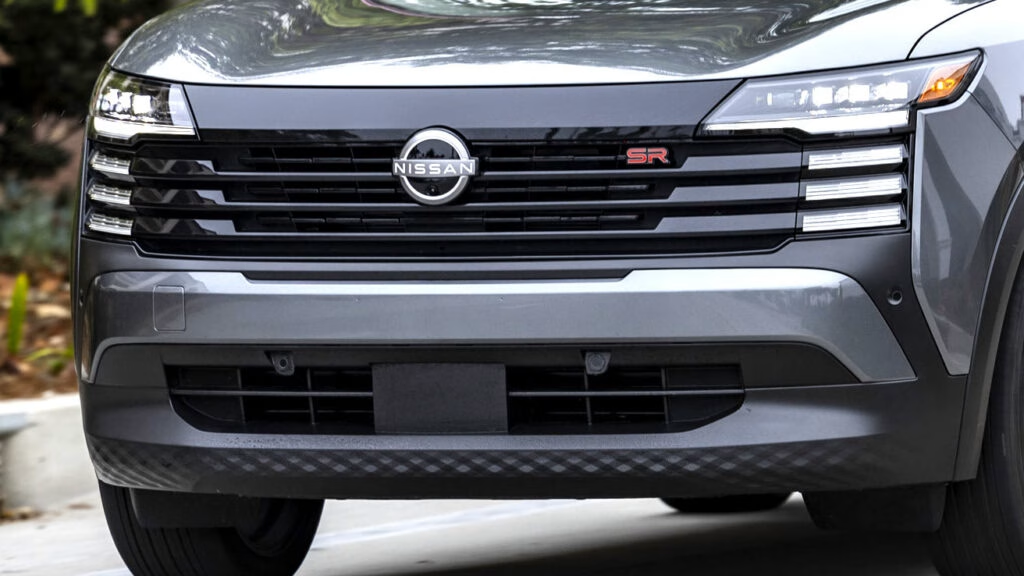Why Are New Car Inventories Shrinking Across the US?
If you’ve been car shopping lately, you might’ve noticed something odd: dealer lots are looking a little emptier than usual. The numbers back it up—US new vehicle inventory dropped by 6.1 percent in July, landing at about 2.65 million units nationwide. That’s not a blip, either. It’s part of a tightening trend that’s been rolling since late 2024, and it’s changing how buyers and sellers approach the market.
So, what’s behind this squeeze? Several factors are in play. For starters, the average days’ supply for new vehicles has fallen to just 70 days, down from 97 earlier this year. That’s a pretty steep drop, and it means cars aren’t sitting around waiting for buyers like they used to. This figure is based on dealer-advertised inventory, not just manufacturer sales reports, giving a more accurate, real-time snapshot of what’s actually available.
Which Brands Are Feeling the Pinch—and Which Aren’t?
Not all automakers are in the same boat. Some are seeing their inventories shrink fast, while others are bucking the trend. Nissan’s stock fell by a hefty 15 percent from June to July. Mercedes-Benz wasn’t far behind with a 14 percent dip, followed by Chevrolet at 9.6 percent and Honda at 9.3 percent. Meanwhile, Volkswagen and BMW went against the grain, with inventories rising 9.5 percent and 5.4 percent, respectively.
What’s driving these differences? It often comes down to supply chain management, production strategies, and how quickly brands can adapt to shifting consumer demand. For example, Volkswagen’s recent push to ramp up US supply seems to be paying off, while others are still playing catch-up after earlier disruptions.
How Are Prices and Incentives Responding to Tighter Supply?
With fewer cars on the lot, you might expect prices to skyrocket. But the reality is a bit more nuanced. The average MSRP for new vehicles actually dipped slightly in July to $50,772—a $385 drop from the previous month. Discounts and incentives also thinned out, falling from $3,405 to $3,226. It’s not a massive shift, but it signals a market where sellers don’t need to offer as many deals to move inventory.
This subtle price movement reflects a delicate balance. Dealers want to keep cars moving, but with less supply, they’re less motivated to slash prices. For buyers, that means fewer bargains, but also less risk of sudden price spikes—at least for now.
What’s Happening with Electric and Hybrid Vehicles?
The EV and hybrid segments are experiencing their own unique twists. Electric vehicle supply dropped 11.6 percent in just one month, with inventories now at about 188,000 units. That’s a 4.9 percent year-over-year decline, according to S&P Global. The culprit? The looming expiration of federal EV tax credits, which has pushed some buyers to act fast and dealers to move stock more aggressively.
Certain models are feeling the crunch more than others. The Hyundai Ioniq 5’s inventory slipped by 1.9 percent, Chevrolet Equinox by 16 percent, and Honda Prologue by a hefty 25 percent. Oddly enough, the Ford Mustang Mach-E went the other way, with inventory climbing 10.4 percent since June. It’s a reminder that even within the EV world, demand and supply can swing wildly depending on incentives, production schedules, and consumer buzz.
Hybrids are also in high demand, with average availability dropping from 67 days in June to just 58 days in July. In some hot markets like Dallas and Houston, supply is even tighter—down to 47 and 46 days, respectively. If you’re hunting for a hybrid, expect to move quickly or risk missing out.
Are Pickups and Trucks Still King—or Are They Getting Scarce Too?
Full-size half-ton pickups, long the darlings of the American market, aren’t immune to these shifts. Inventory in this segment dropped 13.4 percent year over year and nearly 10 percent month over month. The Toyota Tundra stands out, with stock plunging 37 percent since June—that’s about 11,000 fewer trucks on the market.
Why the sudden scarcity? Part of it comes down to ongoing supply chain hiccups, but tariffs and trade policy are also playing a role. In July, there were about 884,000 vehicles labeled as “pre-tariff,” down from 948,000 the month before. As these older, tariff-free vehicles sell through, buyers could see even more price pressure on remaining stock.
How Should Car Shoppers and Dealers Respond Right Now?
If you’re in the market for a new car, these trends mean you’ll need to be a bit more strategic. With inventory thinning, especially for hybrids and EVs, it pays to do your homework and act quickly when you spot the right vehicle. Don’t be surprised if dealers are less willing to negotiate or if popular models disappear faster than you expect.
For dealers, the focus is shifting to smarter inventory management and customer service. With fewer cars to sell, building relationships and offering a standout buying experience can make all the difference. Some are leaning into digital retailing and pre-orders to keep customers engaged even when the lot looks sparse.
The big takeaway? Navigating today’s car market isn’t about perfection—it’s about smarter adjustments. Start with one change this week, and you’ll likely spot the difference by month’s end.

